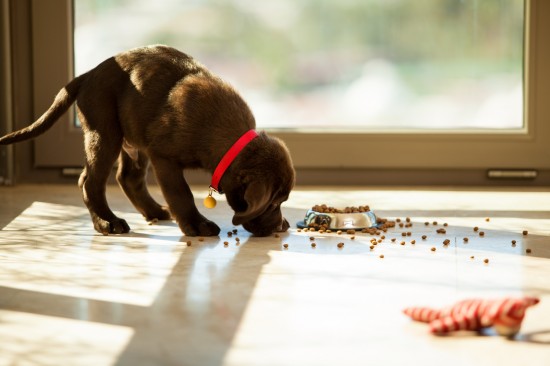
Pet fish, both salt water and fresh water varieties, can get you sick from a strain of bacteria related to human tuberculosis. Although infection from this bacteria is rare, certain precautions should be taken when cleaning and dealing with aquarium water, fish and products contaminated with aquarium water. This disease is very dangerous for those with a weakened immune system.
The layman term for this fairly rare fish tank disease is Fish Tank Granuloma. The scientific name for this bacteria is mycobacterium marinum. If you think that you or your child has been exposed to or is suffering from this disease, your smart move is to consult your physician who can help pinpoint the cause and prescribe proper treatment. This article is for your additional information only. I feel that it is always smart to do your homework before you consult your physician. The more help you can offer your physician on his diagnosis of a problem the better.
The absolutely fist line of defense against this infection is to wear waterproof gloves when cleaning your fish tank or dealing with fish tank water. Even if you wore gloves, wash your hands and arms thoroughly with anti-bacterial soap when you start and when you are done, just to be safe. This disease often enters the body through cuts and abrasions or any compromise of the skin so be particularly aware of this. Never drink or taste your aquarium water for any reason.
The symptoms of Fish Tank Granuloma are wounds that take a very long time to heal. Generally these wounds are on the hands, arms or fingers. After the wound closes, there may be some soreness and small nodules (called granulomas) around the wound. If this disease enters the bloodstream, nodules may form in the veins close to the original wound. Because this disease is very slow growing, these nodules may take 2-3 weeks and even up to several months to show up. The infected wound may become ulcerous and close lymph nodes may become swollen. This disease may heal itself over time. Your doctor may be interested to know that this bacterium is gram-positive which means it will retain a crystal violet dye for identification purposes.
It should be noted that this disease may also be picked up at incorrectly chlorinated pools, from any fish (uncooked), and from swimming in fresh and salt water in many parts of the world, including the United States. Generally, a cut, abrasion or wound must be present along with the bacteria.
Treatment varies and as of now, there is no set rule to which regimen of antibiotics works best. It can take a long time to rid oneself of this disease. It can take 3 months to almost a year of an antibiotic regimen. Often combinations of antibiotics are used such as tetracyclines, ethambutol, rifampicin, trimethoprim, and/or sulfamethoxazole. Some physicians use Rifampin + Ethambutol, Rifampin + Clarithromycin or Minocycline by itself.
 Some Tips For Dealing With A Dog That Is A Messy Eater
Some Tips For Dea
Some Tips For Dealing With A Dog That Is A Messy Eater
Some Tips For Dea
 4 Brilliant Ways To Keep Your Dog Happy
4 Brilliant Ways
4 Brilliant Ways To Keep Your Dog Happy
4 Brilliant Ways
 Discoid Lupus - What It Means For Dogs
Discoid Lupus - W
Discoid Lupus - What It Means For Dogs
Discoid Lupus - W
 Things To Consider If You Have Your Heart Set On A Dalmatian Puppy
Things To Conside
Things To Consider If You Have Your Heart Set On A Dalmatian Puppy
Things To Conside
 Different Tactics To Address Aggressive Behaviour In Dogs
Different Tactics
Different Tactics To Address Aggressive Behaviour In Dogs
Different Tactics
Copyright © 2005-2016 Pet Information All Rights Reserved
Contact us: www162date@outlook.com